Humanity

Beyond Human Perception
María Castellanos & Alberto Valverde (ES)
The artwork is a video installation that allows the audience to visualize the reactions of humans and plants to a common stimulus: live music. The installation is the result of several sessions where the brain activity of humans was measured jointly with electrical oscillations in plants, using a sensor developed by the artists.
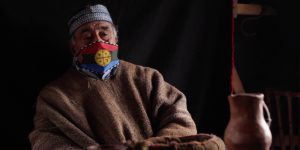
Local mutation imaginaries. Mapuche Culture Workshop.
As part of the celebration of the “Año Nuevo en el Sur” (Southern New Year), the Laboratory of Visual Anthropology of the Museological Direction, is conducting Workshops on Mapuche Culture taught by David Rain Canicura, peumatufe (the authority that guides the direction and decision-making of the community based on dreams) and nguillatufe (the authority responsible for the ceremony of Nguillatun). The proposal of the Mutations program is to generate a pre-recorded workshop that will allow the Mapuche imaginary about mutations to be better understood, as well as the experience of Mapuche communities in the current pandemic.
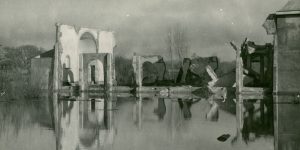
Telluric Mutations. The 1960 earthquake.
On May 22, 2020, 60 years since the largest seismic catastrophe ever recorded in the world was commemorated, a catastrophe whose epicenter was the city of Valdivia. The event had profound landscape, social, economic and cultural consequences for the affected cities and territories. The earthquake was a complex heritage where catastrophe and community resilience converge. The activity of the Austral Garden program is to share the series of initiatives prepared by the Museological Direction of Universidad Austral de Chile.
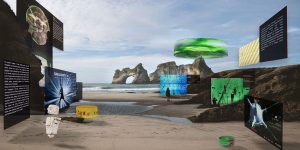
Aotearoa New Zealand Hub
The exhibition in Mozilla Hubs features 25 projects from New Zealand's technologists, artists and University researchers. visit www.ars.nz
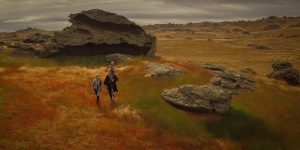
WAHAWAEWAO
Gibson / Martelli (UK), Carol Brown (NZ) and Russell Scoones (NZ)
Movement and landscape in flux, five figures wander across the landscape of Central Otago. Between the rocks and crevices, they move. In this moving image installation, we explore our persistent longing for belonging in an age of virtual travel. Filmed in the raw physical landscapes of Central Otago and the Motion Capture Studio of CoLab AUT in Auckland, we map between radically different scapes.
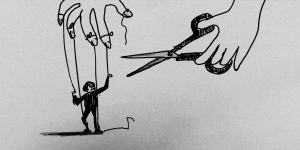
Festivalpost: Topic Twist
Ars Electronica create your world (AT)
The Festivalpost (engl.: Festival Post) may remind some people of beloved Postcity by name, but the content of Festival Post focuses on this year's festival topics. At least, in the beginning. By the alternation of words, meanings twist and turn and in the end, a chain, a transformation or some form of further development is created as Festival Post. Will democracy become a duck, autonomy a ladder, humanity an alien-eating rocket-pen? We are curious about the journeys the topics will take.

The Crying Book with Heather Christle and Performance by Gary Motley
Heather Christle, Gary Motley
The Crying Book is a deeply personal tribute to the fascinating strangeness of tears and the unexpected resilience of joy. Why do we cry? How do we cry? Heather Christle has just lost a dear friend to suicide and now must reckon with her own depression and the birth of her first child. As she faces her grief and impending parenthood, she decides to research the act of crying: what it is and why people do it. She researches tear-collecting devices and explores the role white women’s tears play in racist violence. Motley performs Someday Sunday as Christle reads from her first book of nonfiction, The Crying Book.

Meter machen
Maria Anna Eckerstorfer, Sabine Touzimsky-Köstler, Wolfgang Schreibelmayr, Lisa Wieder/ Kunstuniversität Linz, Projekt Abteilung Bildnerische Erziehung (AT)
Keeping distance is a very important rule. But as we humans are, situations arise that are hilarious, super funny or totally confusing. At this year's Ars Electronica Festival, we want to collect exactly such scenes. Send us a self-produced photo or a very short text about your experience by mail and follow us on Instagram at kunstuni.linz.metermachen.
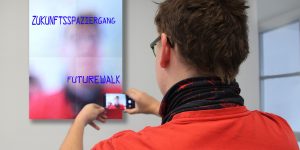
future walk
Bettina Gangl (AT), Birgit Pölz (AT), Helmut Doblhofer (AT) –TeilnehmerInnen Virtual Office FAB Linz (AT)
The young people at the Virtual Office have thought about autonomy and how automated processes and AI will influence our future lives. Through different strategies, they will visualize their fantasies, dreams and fears. They share their thoughts and future visions in an augmented reality walk.

Tourismus von morgen
Ars Electronica, Oberösterreich Tourismus (AT)
Within the framework of the long-term project "Tourismus von morgen" (Tourism of Tomorrow), submissions from the pool of the Prix Ars Electronica category *u19-create your world* were selected for a commissioned project together with the organization Oberösterreich Tourismus.
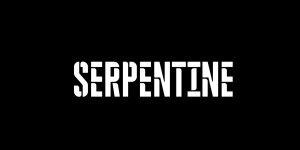
Serpentine Galleries
Championing new ideas in contemporary art since 1970, the Serpentine has presented pioneering exhibitions for half a century from a wide range of emerging practitioners to the most internationally recognised artists of our time. Across two sites only 5 minutes apart, in London’s Kensington Gardens, the Serpentine Galleries present a year-round, free programme of exhibitions, education, live events and technological innovation, in the park and beyond.

Reparatur der Zukunft
Ö1
With the Repairing the Future initiative, Ö1 wants to address the questions of 20 to 30-year-olds and give their ideas more space. Ars Electronica is presenting two projects around this theme

Pandemic-Pandemonium! Curated by Kennii Ekundayo
Galeri ODUMIJE, Lagos (NG)
Pandemic-Pandemonium! is a two-part presentation centered on the collective response of Africans living in Africa vis-à-vis current prevalent issues that threaten humankind — racial discrimination, violence against women and the COVID-19 pandemic. Whilst one part makes a statement on the resilience of the human spirit in the face of the deadly coronavirus, the other focuses on the valorization of melanin-rich skin amidst the fatal hostility that accompanies it.
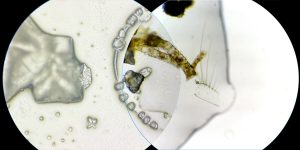
How to make an Ocean?
Kasia Molga (PL/UK)
Can human tears sustain sea life? Kasia Molga will narrate her journey from the conception of the project, inspired by dealing with personal grief; through the impact of COVID-19 on her initial idea; through the crazy set up of a make-shift wet-lab; to learning how to cry on cue; her efforts to keep tiny sea creatures alive in her tears; and attempts to develop an AI moirologist ―a crying bot to help us all shed some tears.
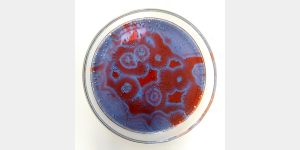
STEAM Popup Lab
JKU Linz School of Education (AT)
STEAM Popup Lab is a virtual journey to understand the meaning of patterns all around us. Patterns are everywhere, from fractals in nature to blood vessels in the human body, through the oscillating signals produced by the sensors of a phone. You can control robots, fold origami patterns, measure the signal of a playground swing, be part of a live chemistry lab session, and more.
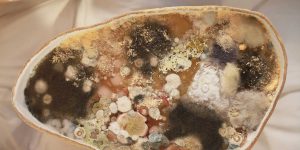
Hege Tapio and Norwegian BioArt Arena
NOBA - Norwegian Bioart Arena (NO)
Introduction of NOBA – Norwegian Bioart Arena with our team, facilities and our collaboration partners across Norway. Featuring Hege Tapio (NO), Annike Flo (NO), Nora Vaage (NO), Solveig Arnesen (NO), Hanan Benammar (FR/DZ), Simon Daniel Tegnander (NO), FAEN-Female Artistic Experiments Norway (NO), Eva Bakkeslett, Centre for Genomic Gastronomy (NO/US) ,The Dinghy AiR (NO) , Steven Barstow(NO) , Marita Isobel Solberg and Trond Ansten (NO), Elind Rui Blix (NO) , NIBIO- The Norwegian Institute of Bioeconomy Research (NO)

NOBA- Norwegian BioArt Arena
NOBA - Norwegian Bioart Arena (NO)
Introduction of NOBA – Norwegian Bioart Arena with our team, facilities and our collaboration partners across Norway.

Human Oil – the last oil
Hege Tapio
Watch our premiere of Humanoil, a recorded performance by artist Hege Tapio, followed by the introduction of NOBA – Norwegian Bioart Arena. NOBA is the hub for the expanded field of bioart in Norway, and exists to bridge the gap between artists and scientists working on ecology, biology, technology, activism and art.

Bias, for bass clarinet and Interactive Music System
Artemi-Maria Gioti (GR), Szilárd Benes (HU)
A neural network trained to simulate my own aesthetic judgments is responsible for the computer’s decisions during its interaction with the musician: i.e., whether it will “mirror” the sounds played by them, propose new sound material or simply remain silent.
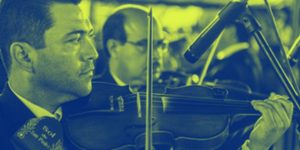
Gala Mariachi Dron
Ars Electronica Garden Tequila, Oficina de visitantes y convenciones, Cámara Nacional de Comercio, SwarmPixel Thiret/Creative and Producer Director
This piece is a tribute from Mexico to Austria inspired by the world-renowned project Spaxels (pixels in space) by Ars Electronica Futurelab. What we will see is a spectacular collaboration between Mariachi artists, technologists and scientists with the objective of remembering the beauty and love of our country through our music that reflects our passion and the union to face any future.


